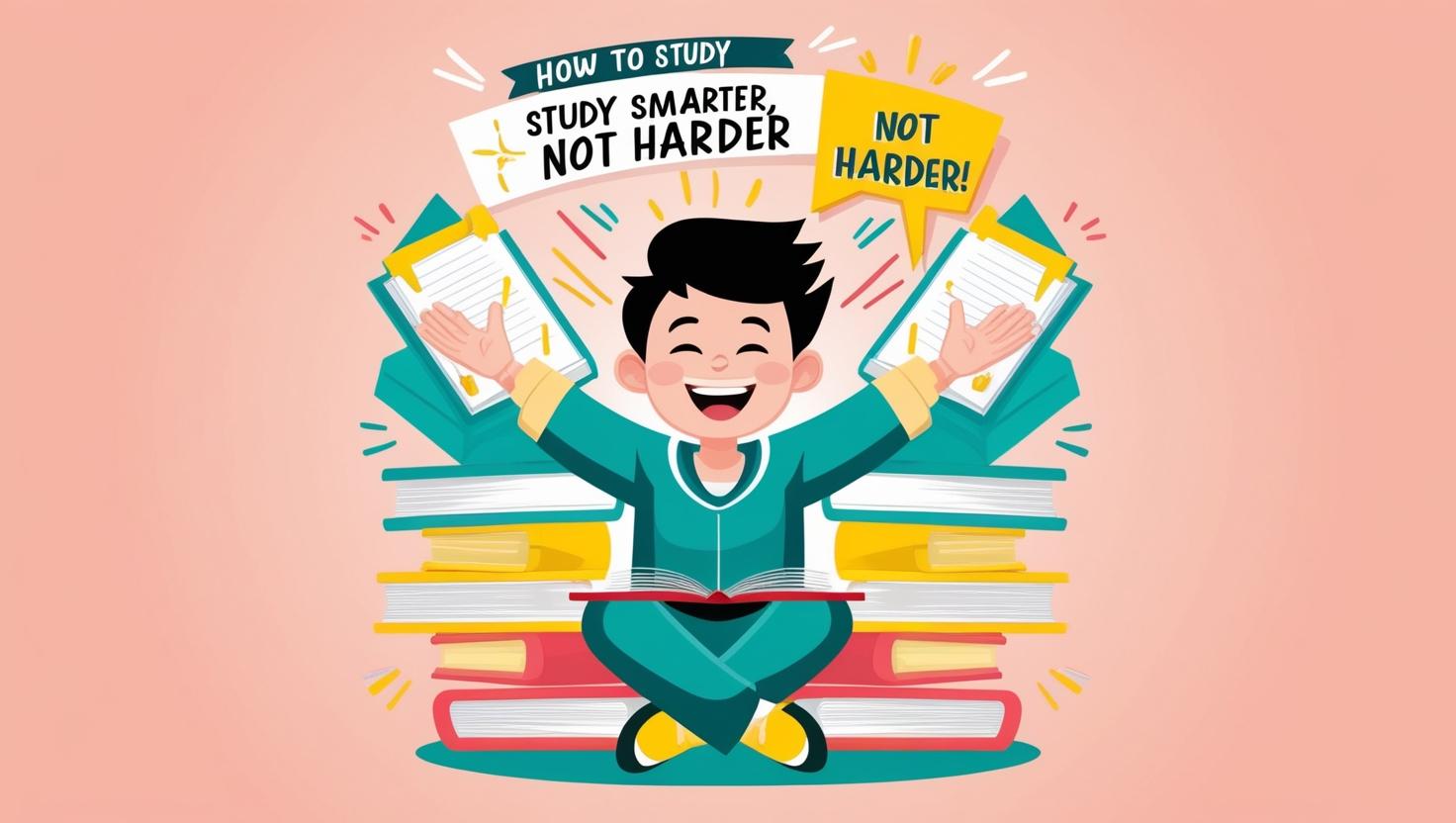 High-Converting Funnels – From Ad Click to Final Sale!
High-Converting Funnels – From Ad Click to Final Sale!
Can Turnitin Detect AI-Generated Content? If Yes, Then How?
Written by Zara Bolen » Updated on: June 17th, 2025

In today’s digital age, where technology is evolving at a breakneck pace, the rise of AI-generated content has become a hot topic, especially in academic circles. With students increasingly turning to AI tools to draft essays, reports, and assignments, educators are faced with the challenge of maintaining academic integrity. This raises a crucial question: Can Turnitin, the widely used plagiarism detection tool, detect AI-generated content? And if so, how does it do it?
What Is Turnitin?
Turnitin is a well-established tool in the world of academia, renowned for its ability to detect plagiarism in student submissions. Founded in 1998, Turnitin has grown to become a staple in educational institutions worldwide, helping teachers and professors identify instances of copied or unoriginal content in student work. By comparing submitted papers against a vast database of academic papers, articles, and online sources, Turnitin can highlight similarities and potential instances of plagiarism, ensuring the originality of student work.
The Emergence of AI-Generated Content
AI-generated content refers to text, essays, and articles created by artificial intelligence programs rather than by human authors. Tools like OpenAI's GPT-3, which powers applications like ChatGPT, have made it incredibly easy to produce coherent and well-structured content on any topic with just a few prompts. This technological leap has significant implications for academia, as students may use these AI tools to complete assignments, leading to questions about the authenticity and originality of their work.
How Turnitin Detects Plagiarism
Traditionally, Turnitin has focused on detecting plagiarism by comparing a submitted document against a vast array of sources, including academic papers, websites, and books. The system analyzes the text for matching phrases and patterns, flagging anything that closely resembles content from another source. This method works well for identifying copied content but is less effective when it comes to detecting content that is entirely original yet generated by AI.
Turnitin’s Approach to AI-Generated Content
AI-generated content is unique because it can produce entirely new text that isn't copied from existing sources. This makes it more challenging for traditional plagiarism detection tools like Turnitin to identify. Recognizing this challenge, Turnitin has begun developing and implementing AI detection tools designed to spot the subtle differences between human and machine-generated writing. These tools analyze various aspects of the text, such as sentence structure, syntax, and creativity, to detect patterns commonly associated with AI-generated content.
The Technology Behind AI Detection
How can Turnitin detect AI lies behind advanced technologies like Natural Language Processing (NLP) and machine learning. These technologies enable Turnitin to analyze the linguistic features of a text in greater detail. For example, AI-generated content may exhibit certain patterns, such as overly consistent syntax, a lack of idiomatic expressions, or a repetitive structure, which can be flagged by Turnitin’s algorithms. By continuously refining these models, Turnitin aims to improve its ability to distinguish between human and AI-generated content.
Can Turnitin Really Detect AI Content?
The big question is whether Turnitin is truly effective at detecting AI-generated content. The answer is yes, but with some caveats. While Turnitin has made significant strides in developing AI detection tools, it’s not foolproof. There have been instances where AI-generated content has passed through Turnitin’s checks without being flagged. However, as the technology behind Turnitin’s AI detection improves, these instances are expected to decrease. Real-world case studies have shown that Turnitin can effectively identify AI-generated content in many cases, but the system is still evolving.
How Turnitin Identifies AI Patterns
To detect AI-generated content, Turnitin looks for specific patterns that are more common in machine-generated text. These include a uniform sentence structure, a lack of creative flair, and the overuse of certain phrases or constructs. AI-generated content often lacks the subtle nuances and varied sentence structures found in human writing. Turnitin uses statistical models to analyze these features, helping to flag content that may have been produced by an AI tool.
Turnitin’s Continuous Improvement in AI Detection
Turnitin is committed to staying ahead of the curve when it comes to AI detection. The company regularly updates its algorithms and models to better detect AI-generated content. This involves ongoing research and collaboration with AI experts to refine the technology. As AI tools continue to evolve, Turnitin is equally dedicated to enhancing its detection capabilities, ensuring that it remains a reliable resource for educators.
Ethical Considerations
The rise of AI-generated content in academia raises important ethical questions. Is it fair for students to use AI tools to complete assignments? What are the consequences if they do? Turnitin plays a crucial role in upholding academic integrity by detecting unoriginal work, whether it’s plagiarized or generated by AI. Students caught using AI to produce their assignments may face serious consequences, ranging from failing grades to academic probation, depending on the institution's policies.
Alternatives to Turnitin
While Turnitin is one of the most popular tools for detecting plagiarism and AI-generated content, it’s not the only option available. Other tools, such as Grammarly's plagiarism checker and Copyscape, also offer detection services, although they may not be as advanced as Turnitin when it comes to AI content. Educators and institutions may consider using multiple tools to ensure the originality of student work.
Impact on Students and Educators
The ability of tools like Turnitin to detect AI-generated content has a significant impact on both students and educators. For students, it means being more cautious about the tools they use to complete assignments. Educators, on the other hand, must balance the use of technology with traditional teaching methods to ensure that students learn and grow without relying too heavily on AI. Turnitin serves as a checkpoint, ensuring that the work submitted reflects the student's own effort and understanding.
The Future of AI and Academic Integrity
As AI continues to advance, its role in education will only grow. This presents both opportunities and challenges for maintaining academic integrity. Tools like Turnitin will need to evolve alongside AI to effectively detect and deter the misuse of AI in academic settings. The future relationship between AI and academia will likely involve a blend of technological innovation and a renewed focus on ethical considerations, ensuring that students develop their skills honestly.
Conclusion
The question of whether Turnitin can detect AI-generated content is increasingly relevant in today's tech-driven world. While Turnitin has made significant strides in developing AI detection tools, the technology is still evolving. The effectiveness of Turnitin in identifying AI-generated content will only improve as the company continues to refine its algorithms and collaborate with experts. For educators and students alike, the key takeaway is the importance of maintaining academic integrity in the face of rapidly advancing technology.
Note: IndiBlogHub features both user-submitted and editorial content. We do not verify third-party contributions. Read our Disclaimer and Privacy Policyfor details.
Copyright © 2019-2025 IndiBlogHub.com. All rights reserved. Hosted on DigitalOcean for fast, reliable performance.









